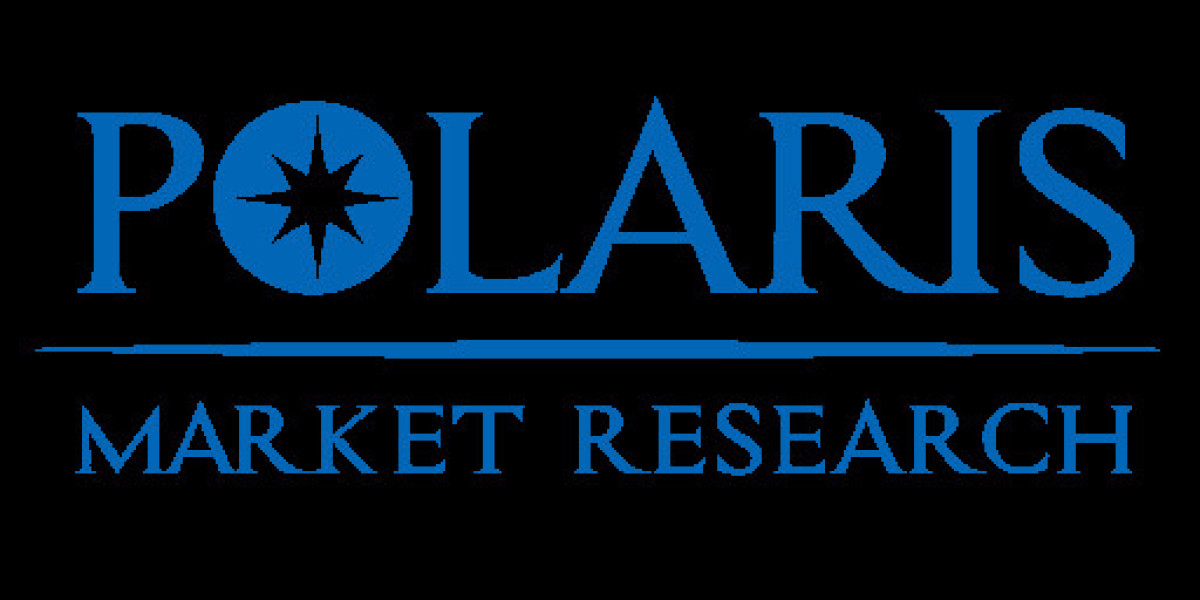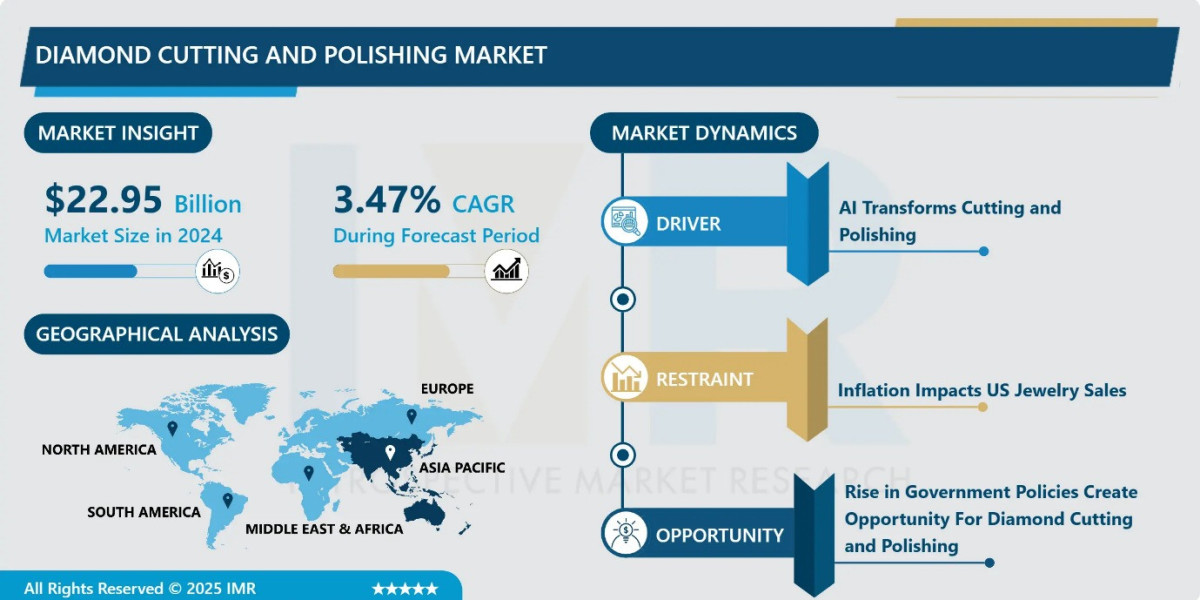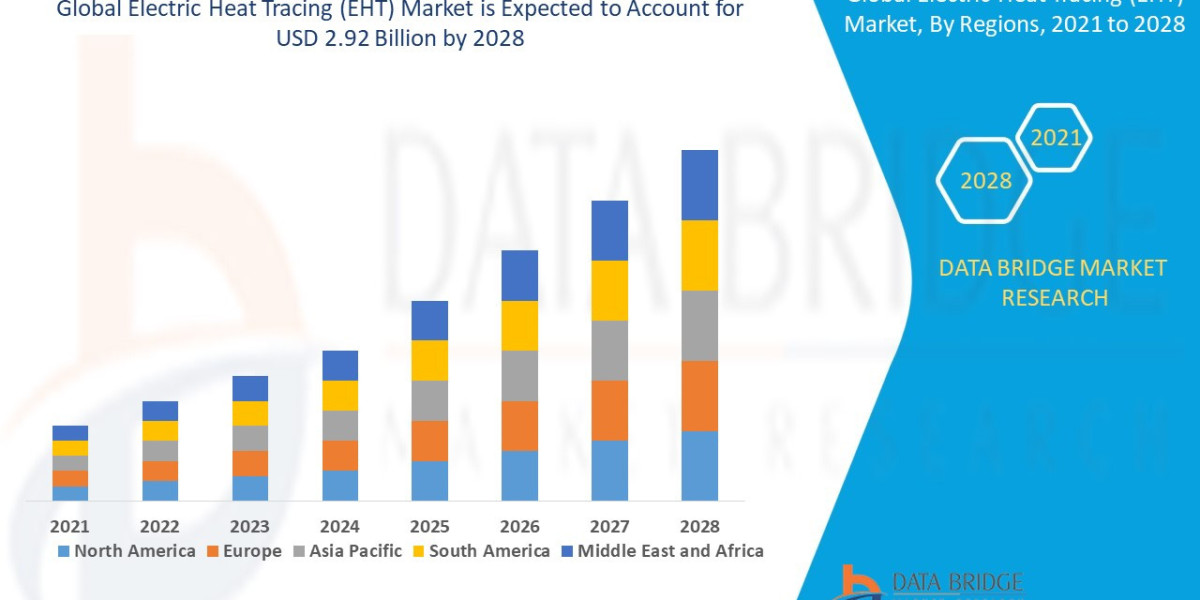The global automotive composite market, valued at USD 21.70 billion in 2024 and projected to expand at a CAGR of 6.5% from 2025 to 2034, is at the center of one of the most critical transformations in mobility manufacturing. Composites, which include carbon fiber-reinforced plastics, glass fiber composites, and hybrid material blends, are enabling automakers to balance lightweight design with durability and safety requirements. With stricter global emissions standards, electrification of vehicle fleets, and supply chain adjustments shaping the industry, regional dynamics have become pivotal in understanding growth opportunities. North America, Europe, and Asia Pacific dominate the industry landscape, with each region displaying unique regulatory, trade, and technological factors that define market penetration strategies.
In North America, the U.S. and Canada represent mature markets with significant integration of composite materials in both conventional and electric vehicles. Regulatory drivers such as the U.S. Environmental Protection Agency’s Corporate Average Fuel Economy (CAFE) standards push automakers to reduce vehicle weight, making composites essential to achieving compliance. Simultaneously, electric vehicle growth, particularly supported by the Inflation Reduction Act (IRA), accelerates demand for lightweight materials to offset battery weight and improve energy efficiency. Regional manufacturing trends also reflect strong cross-border supply chains, with raw materials sourced globally but fabrication and integration occurring in advanced automotive hubs like Michigan and Ontario. However, reliance on imported carbon fibers from Asia and Europe exposes the North American market to supply risks, underscoring the need for diversified sourcing and domestic production capacity.
Europe demonstrates an equally robust trajectory, driven by regulatory and technological imperatives under the European Union’s Green Deal and Fit for 55 package. Germany, France, and Italy serve as core hubs for composite adoption in premium and performance vehicles, while Eastern European nations are emerging as cost-competitive centers for composite component assembly. European Union policies encourage the adoption of sustainable composites, including bio-based polymers and recyclable thermoplastics, aligning automotive innovation with environmental targets. This regulatory push is further supported by regional R&D investments in advanced processing technologies such as resin transfer molding and additive manufacturing. Cross-border supply chains within the EU are streamlined by harmonized standards, allowing seamless integration of materials and components across member states. At the same time, trade friction with external suppliers, particularly in raw carbon fiber imports, remains a strategic challenge.
Read More @ https://www.polarismarketresearch.com/industry-analysis/automotive-composite-market
Asia Pacific is the fastest-growing region for automotive composites, with China, Japan, and South Korea spearheading production and adoption. China’s New Energy Vehicle (NEV) mandate, coupled with aggressive electrification targets, has stimulated demand for lightweight composites to improve EV efficiency. Local companies, backed by state-supported funding, are scaling domestic carbon fiber production, reducing reliance on imports and improving strategic positioning in global supply chains. Japan and South Korea, leveraging their established automotive manufacturing bases, are investing heavily in hybrid composites and application-specific growth areas such as hydrogen fuel cell vehicles. Asia Pacific’s advantage lies in its ability to optimize the value chain, combining raw material access, cost-effective labor, and advanced manufacturing infrastructure. Yet, regional manufacturing trends reveal vulnerability to global trade dynamics, particularly tariffs imposed by North America and Europe on composite imports from China.
Geopolitical and trade-specific factors exert significant influence on regional dynamics. U.S.–China trade tensions have already affected cross-border supply chains, with automakers diversifying suppliers to reduce exposure to tariffs and regulatory risks. Europe’s regulatory alignment favors intra-regional sourcing, while Asia Pacific continues to leverage economies of scale to expand its export footprint. These strategic shifts are redefining market penetration strategies, pushing global players to localize manufacturing while maintaining access to international raw material streams.
The global automotive composite market illustrates how regional growth is deeply intertwined with regulatory frameworks, supply chain strategies, and technology leadership. North America’s emphasis on electrification incentives, Europe’s focus on sustainability and regulation, and Asia Pacific’s dominance in production capacity collectively create a balanced yet competitive environment. For investors and stakeholders, regional positioning and supply chain resilience remain decisive factors for long-term market success.
Competitive Landscape – Key Market Players:
- Toray Industries, Inc.
- SGL Carbon SE
- Teijin Limited
- Hexcel Corporation
- Mitsubishi Chemical Group Corporation
More Trending Latest Reports By Polaris Market Research:
Enterprise Governance, Risk & Compliance Market
Regenerative Agriculture Market








